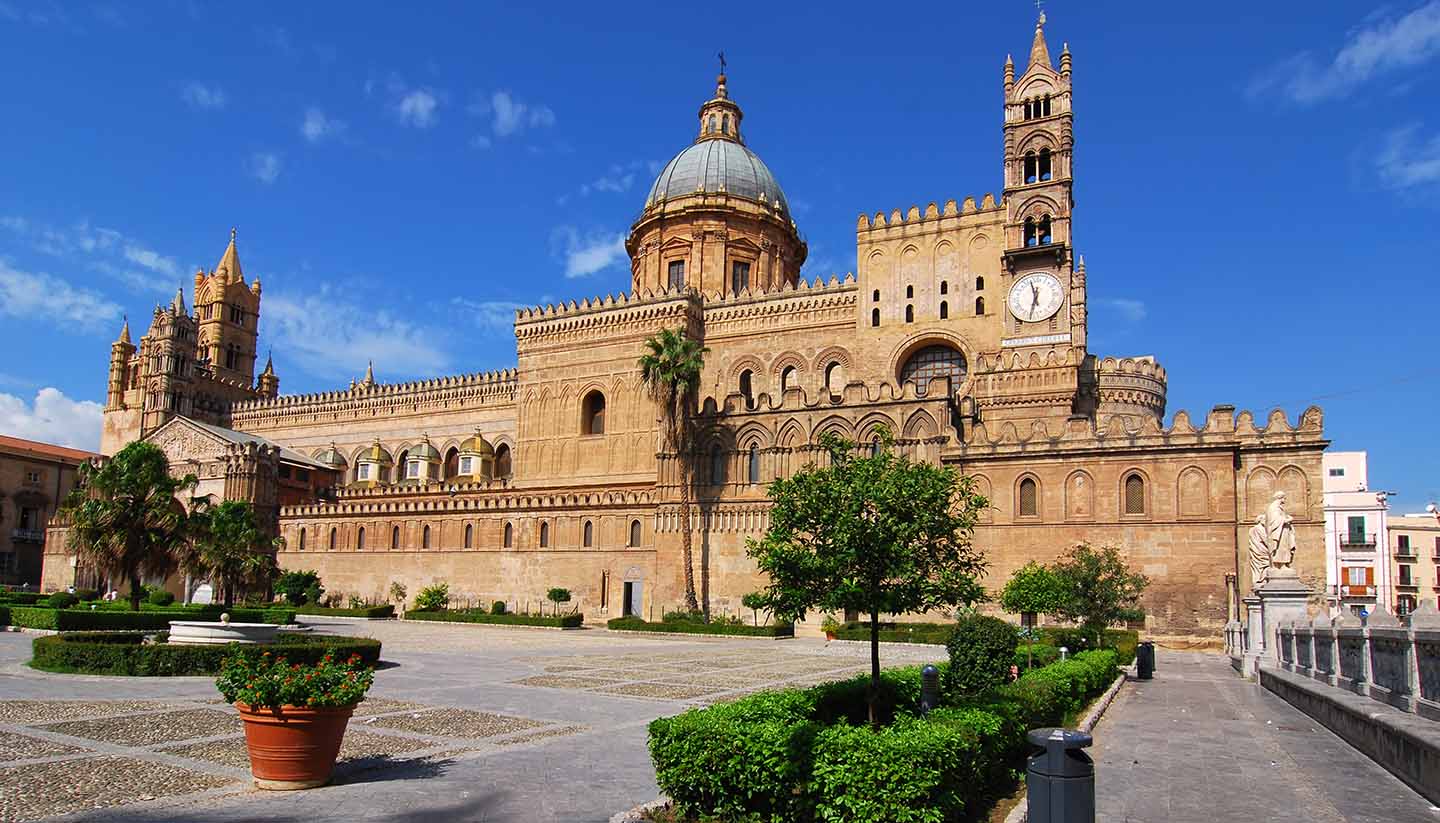Palermo History
There is evidence of prehistoric settlements in the Palermo area, which mark the beginning of its long history. This is one of the most conquered cities in the world, with the Phoenicians arriving first, then the Greeks, before the Romans came during the Punic Wars with the Carthaginians.
After the fall of the old Roman Empire, the Byzantine descendants of the Eastern Roman Empire seized the city, holding it from the 6th century until 831. Then the Saracens arrived, turning Sicily into an Arab Emirate. The city flourished under the largely tolerant Arabs, becoming immensely rich, and the capital of the island, with its importance recognised from Europe to Africa.
The next wave of invaders to come was the Normans in the 11th century, who took control of the entire island. Sicily achieved its height under Roger II, who encouraged the Sicilian arts and economy. The potent cocktail of Norman and Arab culture created a unique architectural style.
Over the next two centuries, Palermo and the Kingdom of Sicily passed to the Holy Roman Empire, then Charles I of Anjou, the Aragonese, and finally ended up in the hands of the Spanish. By the 18th century, Sicily had been united with the Kingdom of Naples, finally rebelling during the revolutions of 1848. It was then annexed to Italy in 1860.
In the 20th century, during the Allied invasion of Sicily, the city suffered devastating damage, particularly around the port and surrounding areas. After WWII, Palermo became an autonomous region but the state had to share effective control of the city with the rising power of the Mafia. Well-publicised murders as well as uncontrolled urban expansion led to bad traffic problems, widespread poverty and a historic centre still partly in ruins.
More recently, the city has loosened the grip of Cosa Nostra, and is developing into a business and cultural hub. There is also increasing tourism from visitors interested in its rich legacy, faded grandeur and labyrinthine-like streets.
Did you know?
• It is said that more than 300 mosques were built during Palermo’s Islamic period, but it was a tolerant society as Christian and Jews were permitted to follow their own faiths too.
• At the time of the unification of Italy in the 19th century, Italian was not spoken in Palermo. The Sicilian language suffered an assault from central government in the following decades, but is still regarded by many linguists as a separate language.
• Under Mussolini and fascism, the Mafia was crushed and many mobsters left for the US. It was during WWII, amidst the chaos of the Allied invasion, that they rose again, and undertook the rampant and unregulated rebuilding of the city from 1950s onwards.

